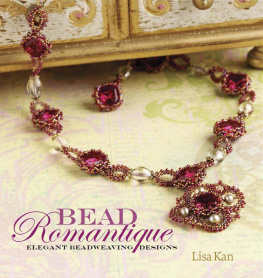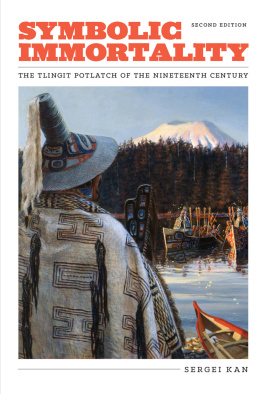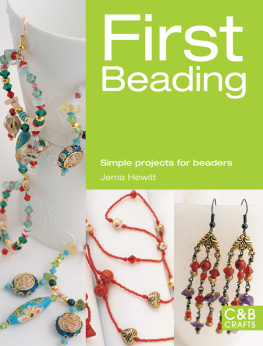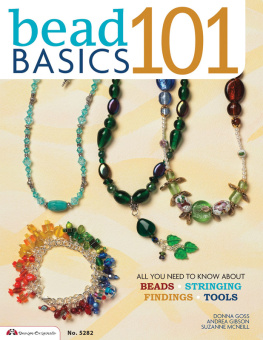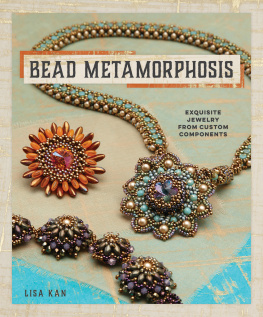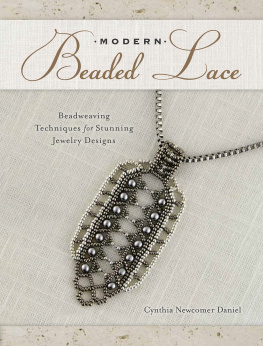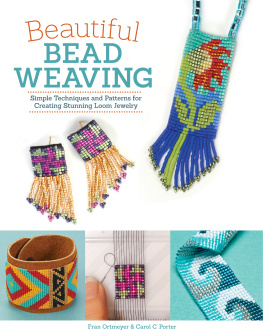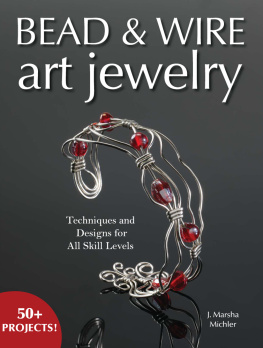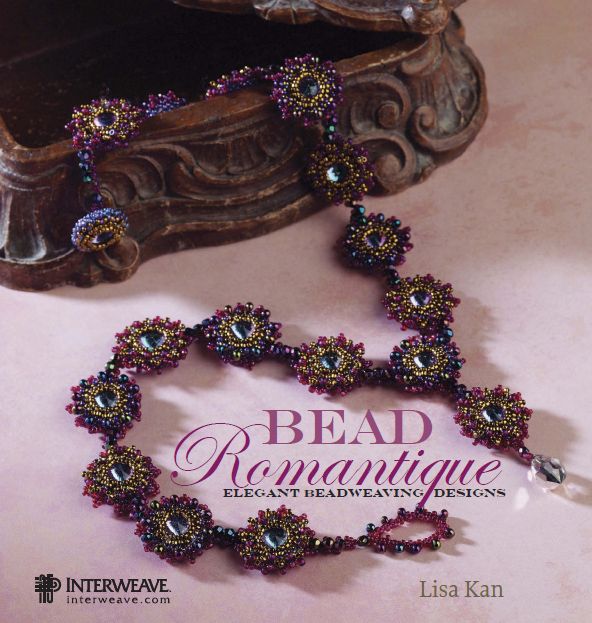
This book could not have been written without the support of my most enthusiastic fan and husband, Nicholas Pisanoyou did everything so I could focus on my art and writing. I am the luckiest woman alive.
Acknowledgments
I would like to thank my parents, Shek Wan and Chau Ngor Kan, from whom I inherited my work ethic and who supplied me with much inspiration in my youth with their textile business. Thanks also go to my sisters, Sandy and Tina, for their love and support.
To Tricia Waddell, who believed in my initial concept, thank you for giving me the freedom to create my vision and providing me with this great opportunity. To Marlene Blessing, thank you for your friendship, guidance, and always challenging me with tight deadlines. This book would not have been written without the two of you! And to both my editors, Katrina Vogel and Bonnie Brooks, my heartfelt thanks for your hard work and expertise. I cant imagine completing this book without the two of you. Thanks also go to the following special people at Interweave: Linda Stark, Linda Ligon, Rebecca Campbell, Joe Coca, Laura Levaas, Paulette Livers, Jamie Guthals, Kerry Flint, and Ann Swanson.
Thank you to all my beading teachers for nurturing my beading through your articles, books, and workshops. Special thanks also go to Kelly Russell, Jannell Botto, Hwa Soo Park, Sun Young Park, Wendy Mullane, Jess Italia, and Jeanne Holland, for your generous donations to this book. And to Kelly Thompson, who owns and operates the San Gabriel Bead Company, where my journey as a glass and bead artist first began. You have always supported me since my humble beginnings. Thank you!
And most importantly, to my customers and students, thank you for your encouragement, appreciation, and constantly inquiring if I would ever consider writing a book. Well heres the first onedid I keep you guessing? I hope to continue teaching through my writing, reaching more people than I would in a classroom setting.
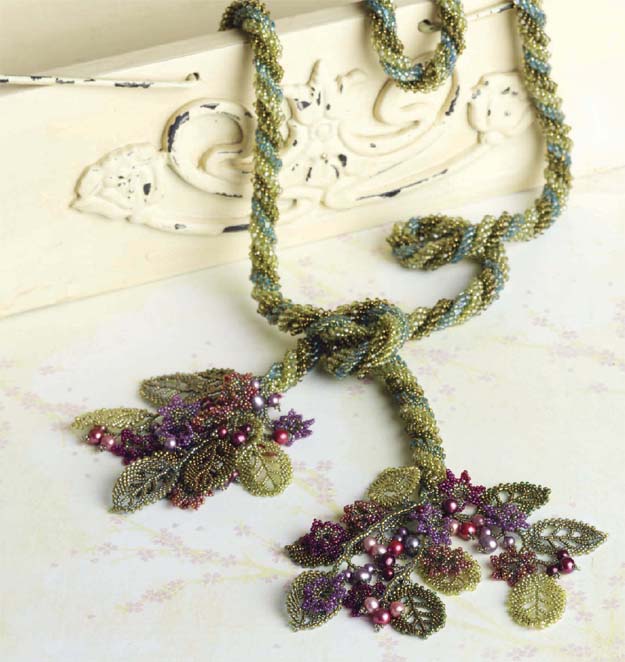
Contents
The Projects
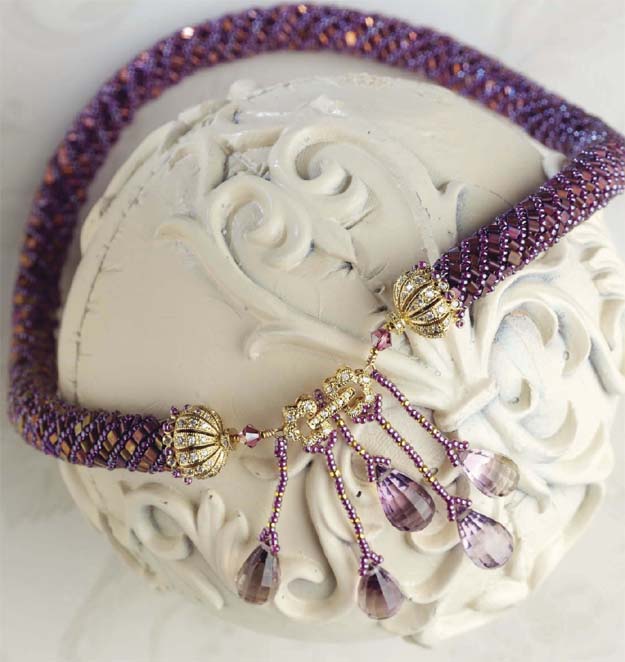
How often does one get an opportunity to write a book that will make a mark in the beading world, share with others their passion for beads, and be cataloged in the Library of Congress? Even before Interweave Press approached me about writing this book I had already begun writing it in my dreams. But this was not a dream, and after nearly a year of hard work \(with the help of many talented folks noted in the acknowledgments) I give you this book.
Why have I chosen to give away my techniques and designs? Because by giving and sharing, one receives many intangible rewards that enrich the creative soul. Because it allows an artist to further grow and be challenged themselves. Because it provides inspiration to others who share in my passion for the creative process and opens up new possibilities. Because it allows me to pay tribute to a craft that has brought me so much pleasure.
Ive always believed that if you create from your heart and design what you love, it will show in the finished work. When asked what I would write about, it was easy because my style of beadwork imbues a sense of femininity and romance. I wanted to design and create beadwork that would be wearable, beautiful and elegant, while also paying tribute to historical jewelry designs. Write about what you know, create what you love, and design with a vision.
Without history, there is no present. In such a fast-paced world with commercial goods and imports, the appreciation for handiwork is dwindling. Lacking also were beading books catering to the intermediate and advanced beader. I wanted to do my part to continue promoting the craft.
I enjoy building on the standard stitches, resulting in a design that appears complex but is created using simple techniques, therefore showing the endless possibilities of each stitch. Although the projects in this book may look complicated, never fear! All the steps have been broken down, and many of the projects are based on similar components. I hope as you flip through the pages that each design will progressively get you excited to attempt the next. I would love to hear your comments, and if you ever get stumped, feel free to send me an e-mail at .
By mixing and weaving a harmonious blend of beads in varying colors, finishes, and shapes, you can create beautiful heirloom-quality jewelry. The key to getting a good start is the selection of quality materials. Time and attention to the details will also enhance the final result of your beadwork. Be in the right mindset when you sit down to bead. Remember to take breaks often to rest your eyes, fingers, and back so your beading sessions are more productive. How well you execute a project is more important than the speed at which you complete it. Be playful and discover new ways of implementing each beading stitch. Keep your mind and options open as there are infinite possibilities literally at the tips of your fingers.
BEAD SELECTION
SEED BEADS come in a variety of sizes. The size is indicated by a number, the larger the numbered size (6, 8, 10, 11, 13, 15, etc.), the smaller the bead. The seed beads used throughout this book are mostly Japanese, in various shapes, sizes, colors, and finishes. Miyuki, Toho, and Matsuno are the three major manufacturers of Japanese seed beads. Toho beads have the largest holes amongst the three, but all Japanese seed beads have larger holes than other seed beads. Some colors cross over between the three manufacturers (albeit with different color numbering) and can be used interchangeably.
Be aware that bead shops do not have a consistent color naming or numbering methodology. I highly recommend not using any galvanized beads because the color tends to rub off if not sealed. Technology is improving to make these metalized beads colorfast, but it is still in the early stages of development.
COLOR COMBINATIONS are important in beadwork, and having a basic understanding of it will help you select color combinations. There is a series of books entitled Color Harmony (Rockport Publishers) that I have found indispensable for color combination ideas. Blending matte and shiny, and transparent and opaque beads can create subtle texture that reflects light. Beads like Swarovski crystals, Czech firepolished beads, semiprecious stones, freshwater pearls, or different shaped seed beads are a few options. Faceted cuts and vintage (glass, Lucite, plastic, French steel cut, etc.) beads can also bring an old-world feel to contemporary designs. I tend to use muted and subdued colors to imbue an old-world feel. I have favorite colors that I always go to and over time, you will as well. Remember that beads may change in color in the final beadwork based on nearby beads and the thread used so never depend on the color you see when looking at a tube.
VINTAGE BEADS are no longer manufactured due to the toxicity of the chemicals used to create some of the fabulous colors and finishes; therefore, they are highly coveted and can be rather expensive. This is the case for glass beads as well as vintage Swarovski crystals/rhinestones. For glass beads, some of the vintage molds are being used today with modern glass recipes. These are sold as vintage reproductions. Sometimes you may even be lucky enough to find glass beads made with vintage molds and vintage glass. These beads are made when raw vintage glass is found leftover in a warehouse. If you do decide to use vintage beads, be sure to check for uniformity if the bead is coated with a finish and ensure that there are no chips or imperfections. Some slightly imperfect beads can still be used to add a bit of history to your beadwork. The adage of you get what you pay for is true in this instance. Do not use cheaper components especially when you are beading an elaborate design. It will definitely show.
Next page
